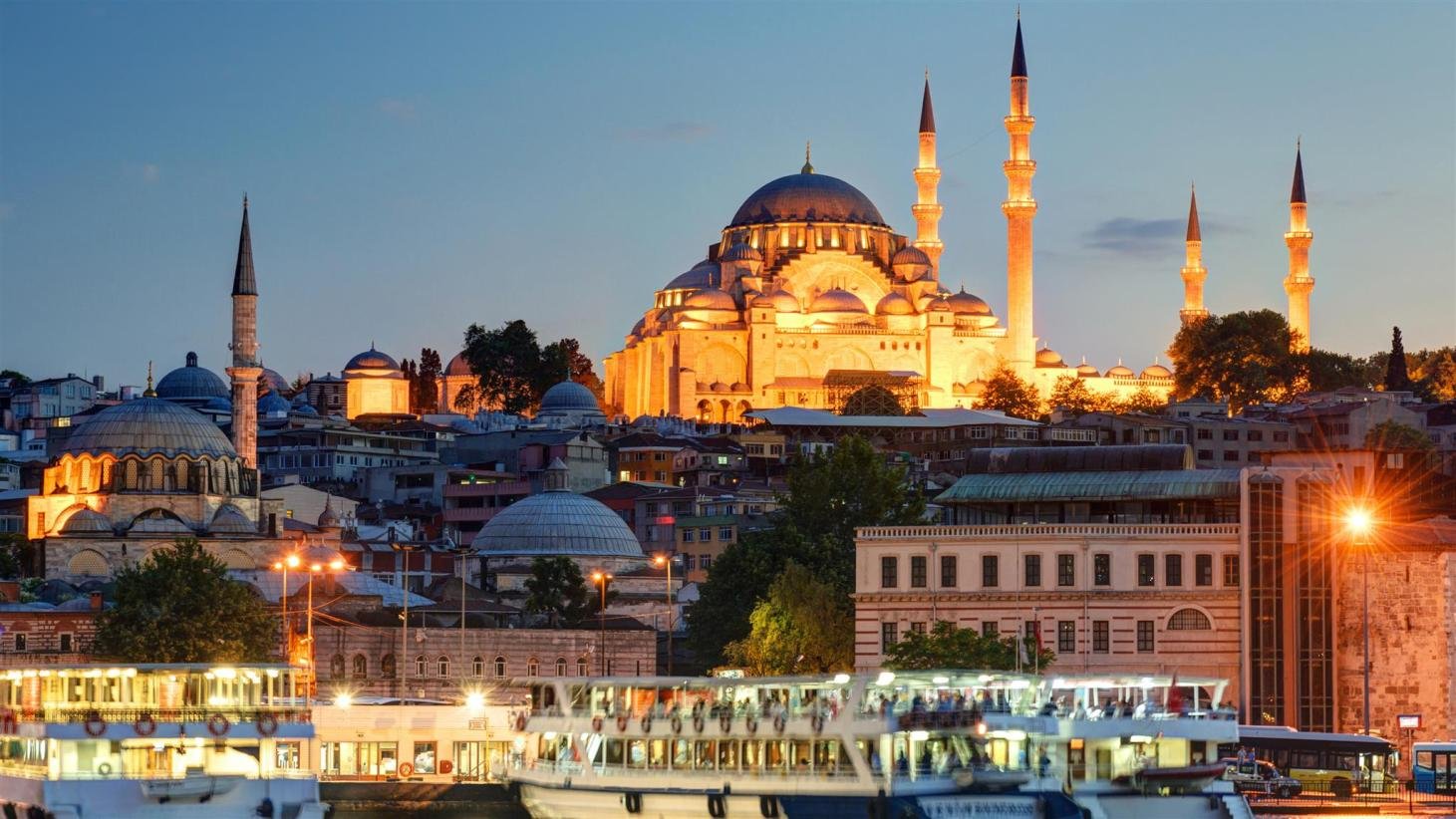Cappadocia, located in central Turkey, is a captivating destination that should be on every traveler’s bucket list. Known for its unique geological formations, ancient cave dwellings, and mesmerizing hot air balloon rides, Cappadocia offers a truly unforgettable experience. With Cappadocia tour packages, you can explore this enchanting region and discover its rich history and natural wonders.
Cappadocia’s landscape is unlike anything you’ve ever seen before. The region is famous for its “fairy chimney” rock formations, which were sculpted by centuries of volcanic activity and erosion. These towering formations create a surreal and magical atmosphere that will leave you in awe. A visit to Cappadocia wouldn’t be complete without taking a hot air balloon ride over this breathtaking landscape. Drifting above the fairy chimneys at sunrise is an experience that will stay with you forever.
In addition to its geological wonders, Cappadocia is also home to ancient cave dwellings and underground cities. Explore the underground cities of Derinkuyu and Kaymakli, where ancient civilizations sought refuge from invaders. These intricate underground networks are a testament to the resourcefulness and ingenuity of the people who once lived here.
Cappadocia is also rich in history and culture. Visit the open-air museum of Göreme, a UNESCO World Heritage site, and marvel at the rock-cut churches and monasteries adorned with beautiful frescoes. Immerse yourself in the local culture by visiting traditional pottery workshops, where you can witness the art of pottery-making that has been passed down through generations.
When you book Cappadocia tour packages, you can choose from a variety of activities and experiences. Take a hike through the picturesque valleys, go horseback riding through the lunar-like landscapes, or indulge in the local cuisine at charming restaurants and cafes.
Don’t miss the opportunity to explore this extraordinary destination. Cappadocia tour packages offer an immersive and unforgettable experience that will leave you with memories to cherish for a lifetime. Discover the wonders of Cappadocia and let its beauty captivate your senses.

